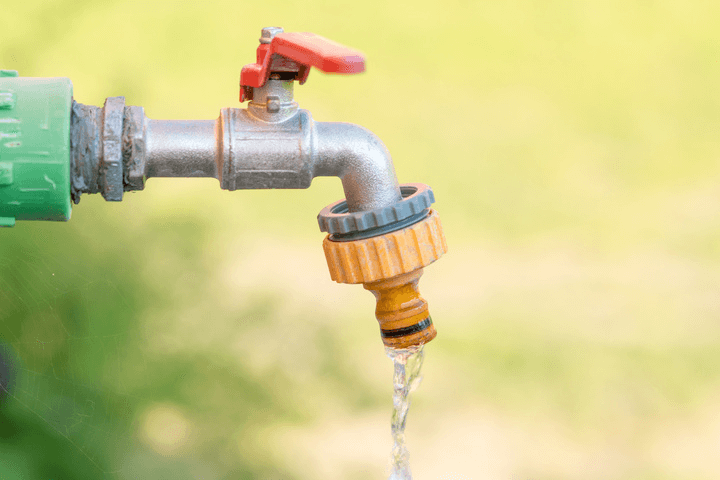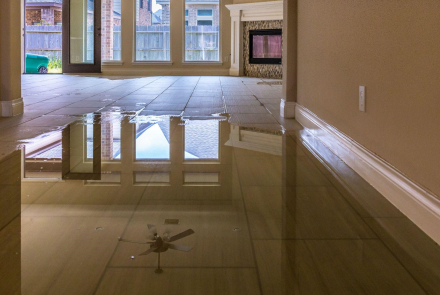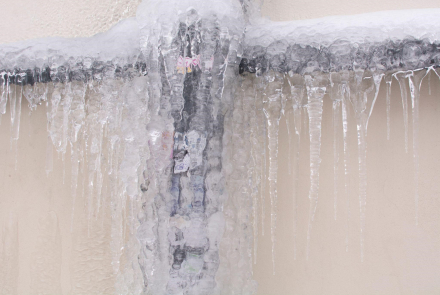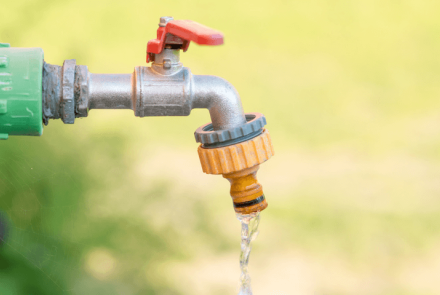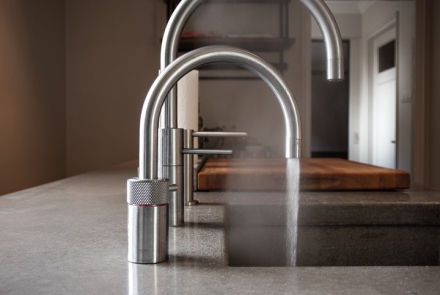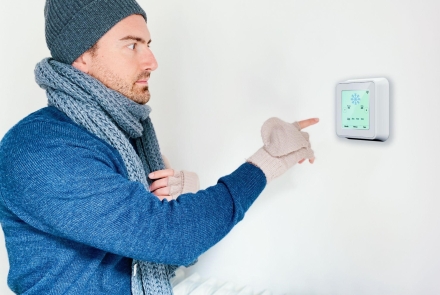As the temperatures start to dip in Chicagoland, you can’t forget about your outdoor plumbing. Failing to prepare your faucets and hoses for winter can be a costly mistake. When water freezes inside pipes, it expands and causes things to crack, burst, and leak — leading to expensive water damage to your home and yard.
Knowing how to winterize outdoor faucets and exactly when to turn off outside water will save you from potential flooding, water damage, and expensive repairs.
Why Draining Outdoor Faucets and Hoses Matters
Even a small amount of water left in your hose or faucet can cause major damage once the temperature drops below freezing. It can rupture pipes, split hoses, or damage the spigot itself — which means water pooling near your foundation or ruined landscaping.
Taking the time to winterize outdoor faucets is an easy way to prevent plumbing disasters during winter.
When to Turn Off Your Outside Water Tap
In the Chicagoland area, the temperatures usually start to drop in mid-to-late fall. Though, freezing temps can arrive as early as late September. Checking the extended weather forecast helps you stay ahead of the first freeze.
If you live in a more rural area, you may need to prepare even earlier. The safest time to turn off your outdoor water source and winterize your outdoor plumbing is as soon as you start seeing consistent temperatures overnight in the 30s.
4 Signs It’s Time to Drain Your Faucets and Hoses
How do you know when to turn off outside water? The best thing to do is turn it off before the first hard freeze. In Chicagoland, that often means sometime in October or early November. However, it’s always better to do it early rather than risk waiting too long.
- The first frost of the season.
- Nighttime temperatures are consistently at or below freezing.
- Earlier cold snaps than expected.
- There is condensation or leftover water inside hoses or spigots.
Step-by-Step Guide: How to Drain Outdoor Faucets and Hoses
Follow these steps to properly protect your outdoor plumbing:
1. Disconnect Hoses
Remove all hoses from spigots. Leaving them attached traps water inside.
2. Shut Off Outdoor Water Supply
If your home has an exterior shut-off valve, close it before freezing weather arrives.
3. Drain Faucets
Open the outdoor faucet and let any remaining water run out completely.
4. Check Irrigation Lines
If you have a sprinkler or backflow system, make sure it’s winterized as well.
5. Add Insulation
Install faucet covers or insulation sleeves for extra protection against freezing temperatures.
If you’re not sure where to find the shut-off valve or how to handle irrigation, a local plumber can locate them and handle the draining process.
Additional Tips for Protecting Outdoor Plumbing
Draining your faucets is only part of the process. To further protect your outdoor plumbing:
- Store hoses indoors or in a garage to prevent cracking.
- Use insulated faucet covers for extra defense against freezing winds.
- For complex plumbing setups, irrigation systems, or pump lines, consider professional winterization services.
Robert Bair can also check your plumbing system, pumps and backups, and water abatement solutions during the same visit, making sure your whole home is protected for the season.
Potential Consequences of Skipping This Step
Skipping winterization can cost you a lot of money in home and plumbing repairs. A burst pipe repair can run into the hundreds, or even thousands, of dollars, especially if water seeps into walls or the foundation. On top of financial stress, you could also be left scrambling to find a plumber to tackle emergency repairs since freezing temperatures can leave plumbers in high demand.
Don’t Wait Until the First Freeze
If you haven’t already prepared your outdoor plumbing, now is the time. Just as you prep to avoid burst pipes inside your home, the water lines outside also require your attention. Instead of worrying about whether everything is properly drained or protected, hand it off to a team that handles Midwest winters every single year.
At Robert Bair, we know exactly what local homes need to stay safe from freeze-related damage, and we make the process quick, simple, and stress-free. Contact us today for help prepping your plumbing for winter and any emergency services this time of year might bring.

